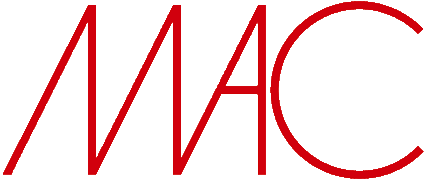Diversity is at the kernel of Alex Flemming's work, precisely what stands out in this retrospective of the already known artist from São Paulo, "a very Brazilian artist", as he used to say.
Since the beginning of his career in the late 1970s, when even attending FAU USP, Flemming defends research and constancy as essential to the arts, as well as the idea to combine different media in his work: painting, photography, engraving, objects, among others.
Flemming builds his path from sequence variations, thinking these languages from diverse and harmonical combinations, especially using a non traditional way to characterize them. There are no rules, but there is a circulation, for instance the stencils he cuts to produce the series Múmias [Mummies] during the 80's, are used to build the backgrounds of another series like Alturas [Heights], which he started in the 90's, along with other stencils from other series.
The circularity of concepts is also in his production. Natureza-morta [Still Life], a series of photogravures from the late 1970s, denounces torture, which, metaphorically, reappears decades later in the object titled Autorretrato em Auschwitz [Self-Portrait in Auschwitz], now as a torment to the soul. Both the engraving series made of photographs and the object made of shoes tied by a unique steel cable are self-portraits, because, since art is life in Flemming's work, art is a place that can also act out states of the soul. To explain his production in the retrospective at MAC USP, it was decided to start from self-portaits, since from them one understand not only his self-referent career but also his concepts.
O Eu Só [Me alone], a self-portrait, is painting on non traditional surfaces, plate and wallet that shows the state of mind of the artist when he settled in Berlin during the 90's, but the yellow couch, also painting on non traditional surfaces, elsewhere in the exhibition, is social criticism made from writings about the war in Baghdad.
The collage with blister packs and other plastic materials on a magazine page with a picture of the artist is a sel-portrait that initiates one of his researches: the use of non-art materials for the production of his artworks. This practice can be seen in other pieces of the exhibition, for exemple, Yemanjá Hipocondríaca [Hypochondriac Yemanja], also with plastic blisters. But not only, because this work, in addition to reference collage artworks well experimented by the artist in the latest years, also recalls a series from the 1980s, Anjos e Sereias [Angels and Mermaids], when Flemming decided to add in his trajectory as artist the proposal to raise popular images reproduced countless times, like São Jorge, Santa Cecília and other "santinhos", to art.
Many are the examples of this circularity, so the self-portraits are, so to speak, works that lead the visitor to the understanding of other artworks from different periods, while pointing to the idea of appropriation, re-use, reconstruction, essential in Alex Flemming.
Mayra Laudanna
Curator
© 2016 Museu de Arte Contemporânea da Universidade de São Paulo

